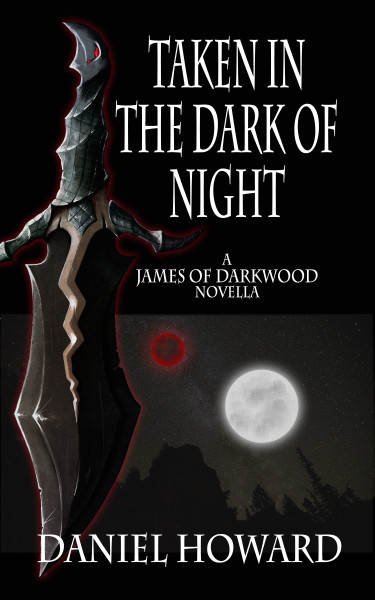The Oxford comma is the proper name for that comma added at the end of a list of items. It’s a common question among new writers and experienced writers alike: Does the last item before “and” need a comma? The Oxford comma says yes. So do I. Compare the following.
I like apples, oranges, bananas and kumquats.
I like apples, oranges, bananas, and kumquats.
Both examples are pretty clear, right? Well … Maybe not. In the context of one’s favorite fruit, yes both lists are fairly clear. In the context of things that one wants to eat, the first sentence lacks clarity. Does the speak like bananas and kumquats individually or as a mixture? It’s impossible to know. The Oxford comma in the second sentence makes it very clear that the two fruits are separate and not to be treated as a unit.
It’s also pretty handy when dealing with longer items in the list.
George wore a black ball cap, a wrinkled tuxedo shirt, board shorts and a long cape trimmed with ermine.
George wore a black ball cap, a wrinkled tuxedo shirt, board shorts, and a long cape trimmed with ermine.
Here, it doesn’t make quite as unclear, but as one’s eyes go skipping ever so gracefully down the sentence, the “board shorts and a long cape” may require a pause while the reader realigns to the meaning of the sentence.
Granted, it will get confusing if there are compound items (or unusually long items) in the list. In this case, the semicolon is clearly a better choice to separate the various items. Even so, this would generally call for an “Oxford semicolon.” Otherwise things get really sloppy.
We met with Hank and Sally; George and Judy and Frank and Susan for a lovely evening of couples strip chess.
We met with Hank and Sally; George and Judy and Frank; and Susan for a lovely evening of couples strip chess.
The goal of writing is to communicate with clarity, grace, and maybe even a little beauty. The Oxford comma is valuable in accomplishing all those various adjectives, and more. The only time that I can see dropping the Oxford comma is in a sentence where the object is a list, and then followed by a conjunction and additionally clause. Like this …
The bear went off into the sunset with a donkey, a frog and a cookie, and they all lived happily ever after.
However, the meaning is not lost by writing it thusly:
The bear went off into the sunset with a donkey, a frog, and a cookie, and they all lived happily ever after.
In the second example, the commas seem to come a little fast and furious. This isn’t all the stylistically pleasing, though its not punishable by death. It’s hardly even worth a time-out as far as I’m concerned. And for consistency’s sake, I’ll always use the second option. The Oxford comma achieves clarity in a single punctuation mark, so use it, love it, and write well.

 I'm a writer, editor, nerd, and foul-mouthed cheerleader of creative people everywhere. When not trying to force words to do my bidding, I'm a husband and father.
I'm a writer, editor, nerd, and foul-mouthed cheerleader of creative people everywhere. When not trying to force words to do my bidding, I'm a husband and father. 









